In some remote corner of the universe, poured out and glittering in innumerable solar systems, there once was a star on which clever animals invented knowledge. That was the highest and most mendacious minute of “world history” — yet only a minute. After nature had drawn a few breaths the star grew cold, and the clever animals had to die.
Friedrich Nietzsche
Forever and forever
Heliography for my sons
Dissolve 3 grams of Syrian asphalt in 15ml of lavenda oil. Wait a few days. Deposit the emulsion onto a tin plate with a brush. Get it dry on a pre-heated cast-iron plate for about 20 minutes. Expose to light for about 2-3 days. Rinse the unsolidified emulsion with terpentine or lavenda oil.
Joseph Nicéphore Niépce called this process heliography and described it in ‘Notice sur l’Héliographie’ in 1829. It is the first photographic process that enables to record reality on a metal plate from an optical darkroom (camera obscura)
Here you will find asphalt works (Héliographie) by Przemek Zajfert, made in a process developed by Joseph Nicéphore Niépce in years 1822 to 1826/27. Each work is unique and due to the imperfection of the technique, chance creates its own interpretation of reality.
-
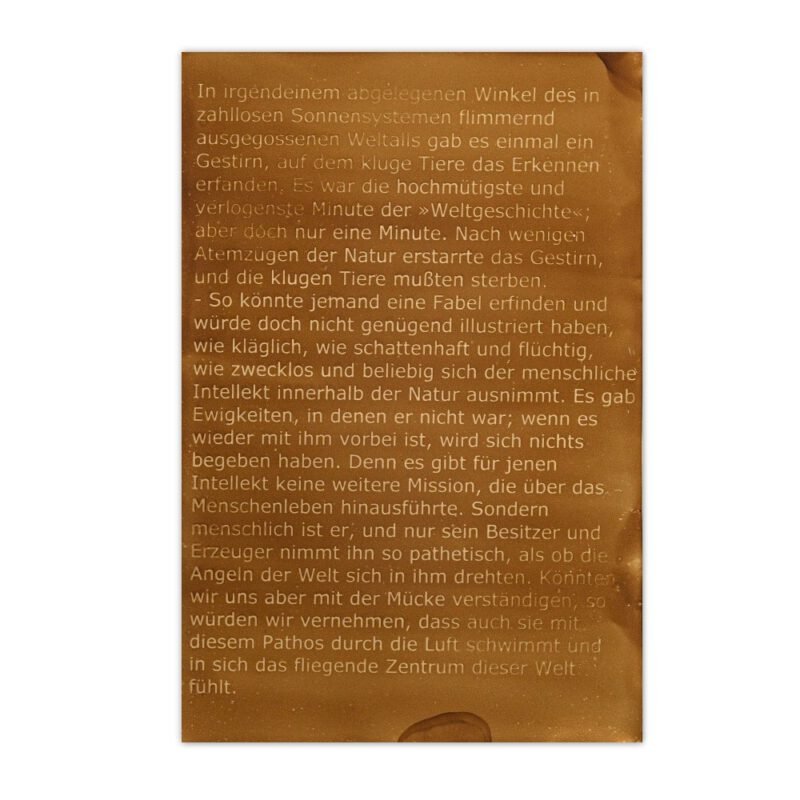
On Truth and Lie in an Extra-Moral (sold out)
-
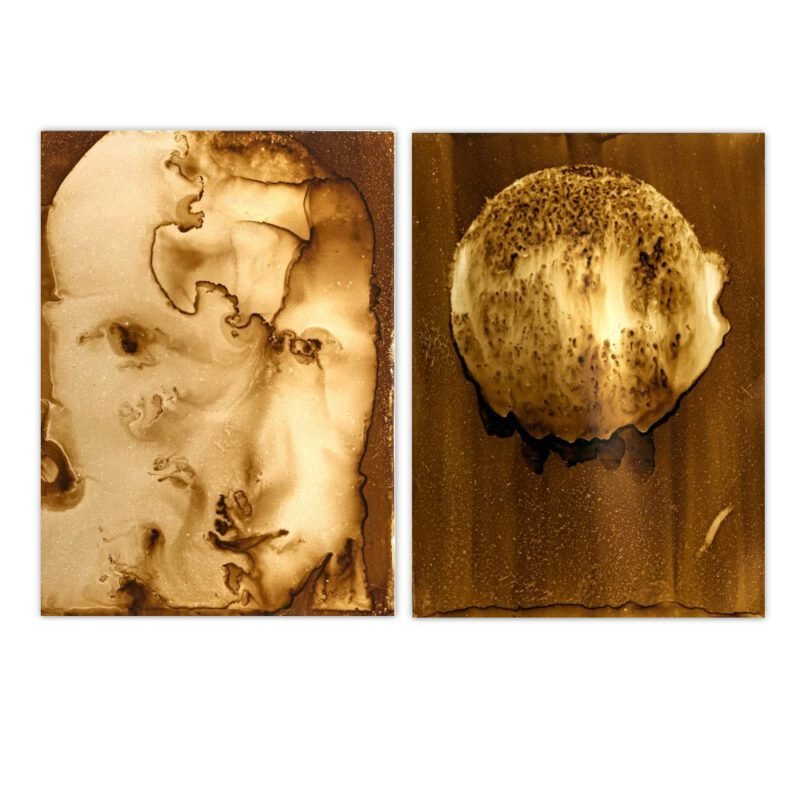
I-Cancer 13.10.2017
1.800,00 € -
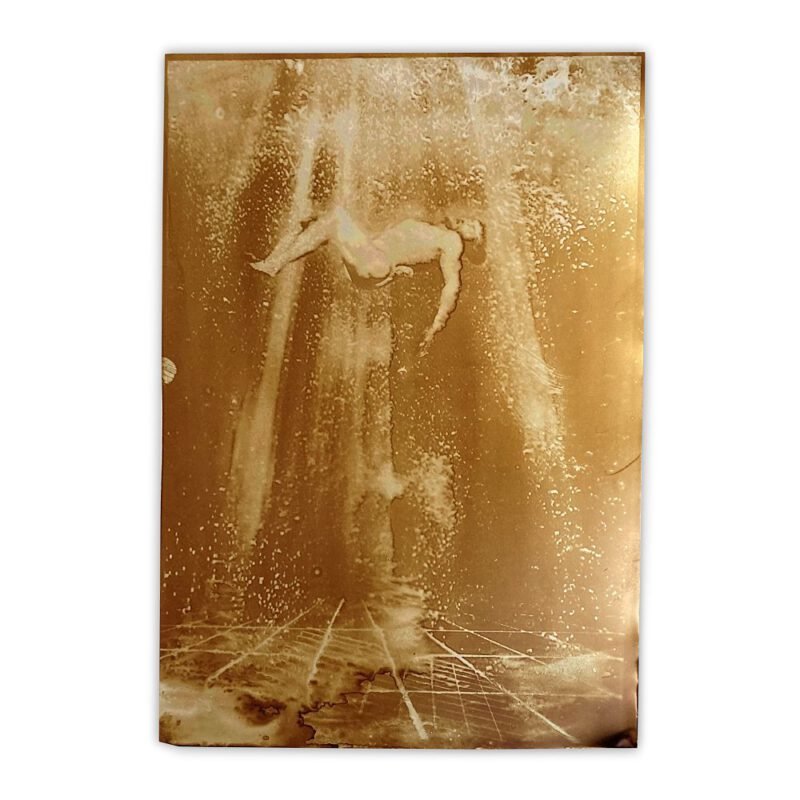
Lazarus
1.000,00 € -
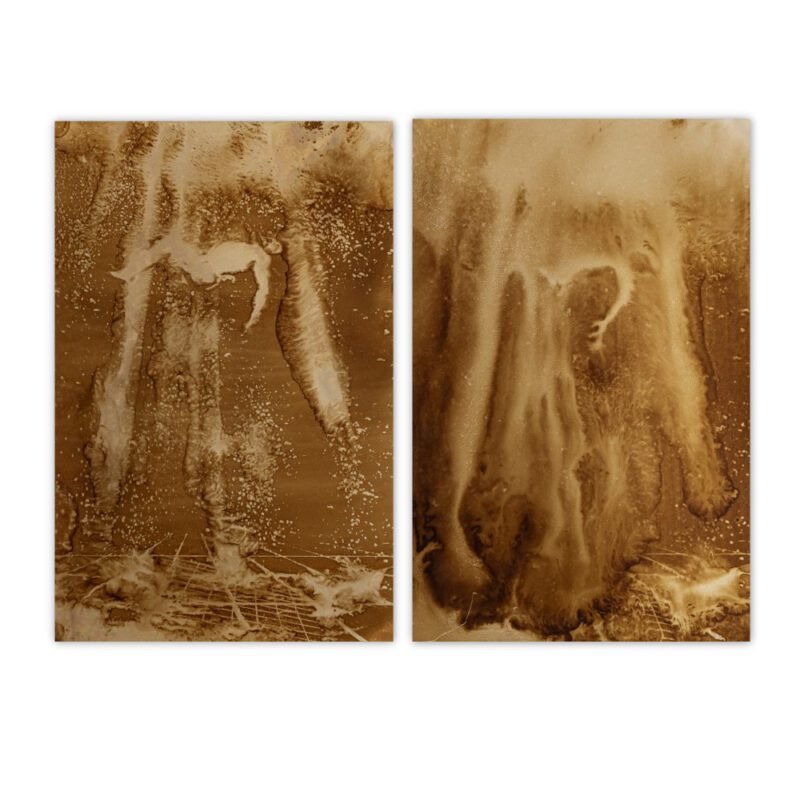
Lazarus and Lazarus
1.800,00 € -
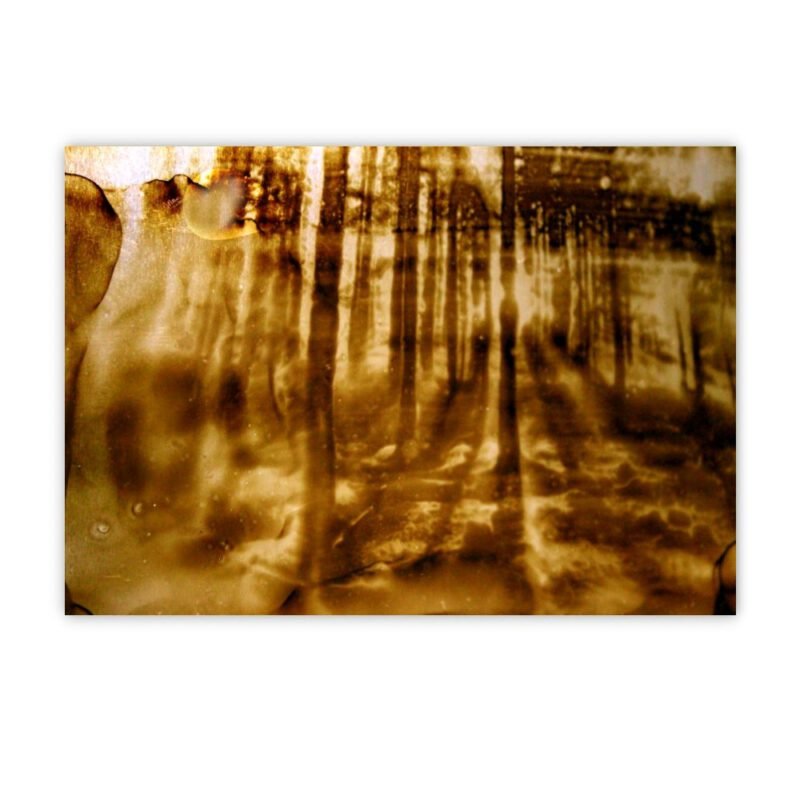
Akt im Wald (Out of Print)
-

I – Bird
1.800,00 € -

Torso (Out of Print)
-
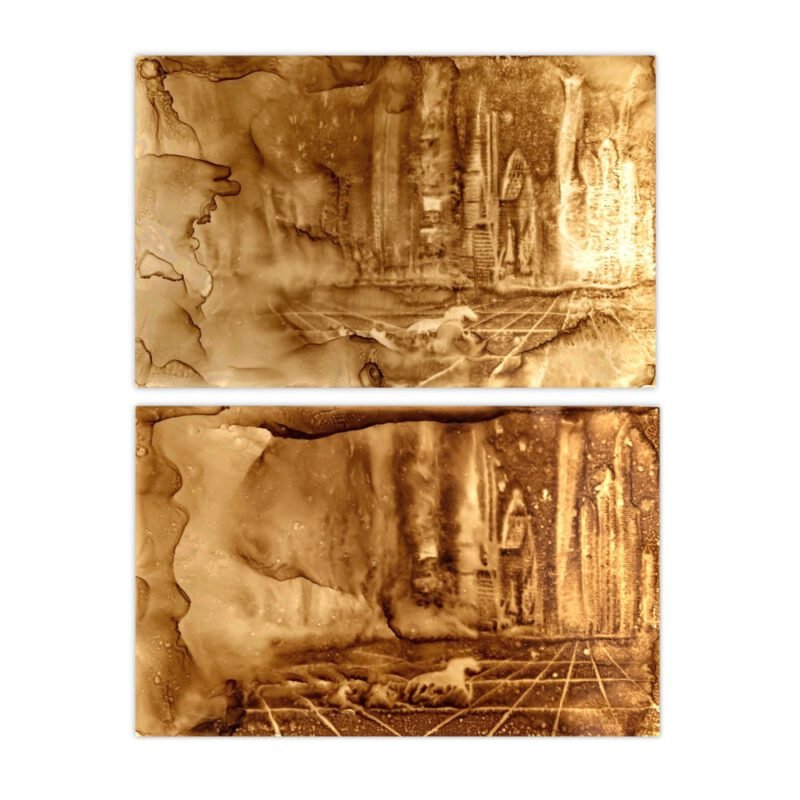
Sleigh Party 1959, Megacity 2029, No 6, No 7
1.800,00 € -

Sleigh Party 1959, Megacity 2029, No 4
1.000,00 € -
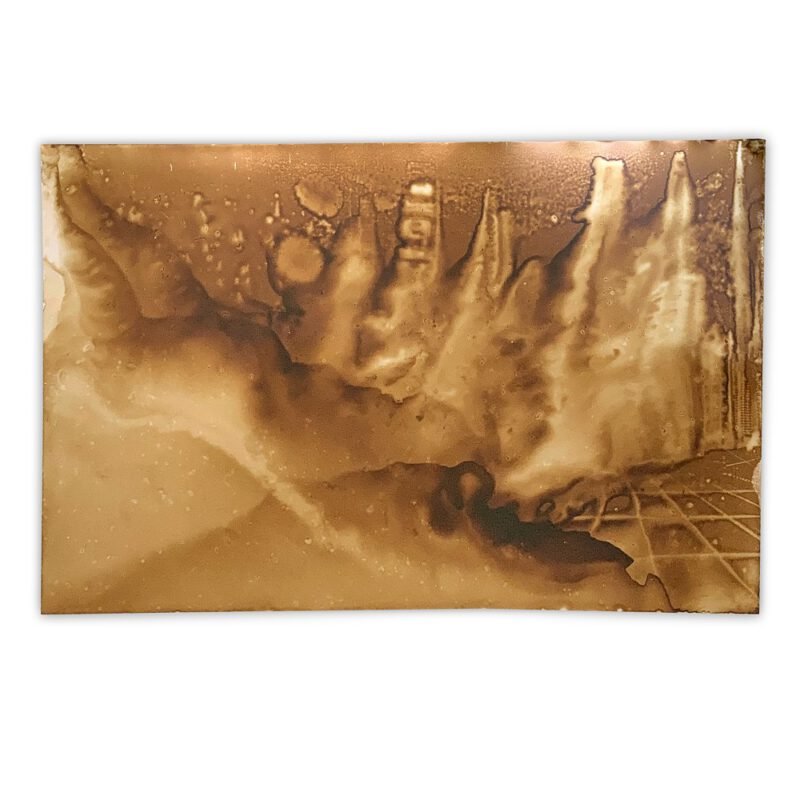
Sleigh Party 1959, Megacity 2029, No 3
1.000,00 € -

Infinity many Words
1.000,00 € -
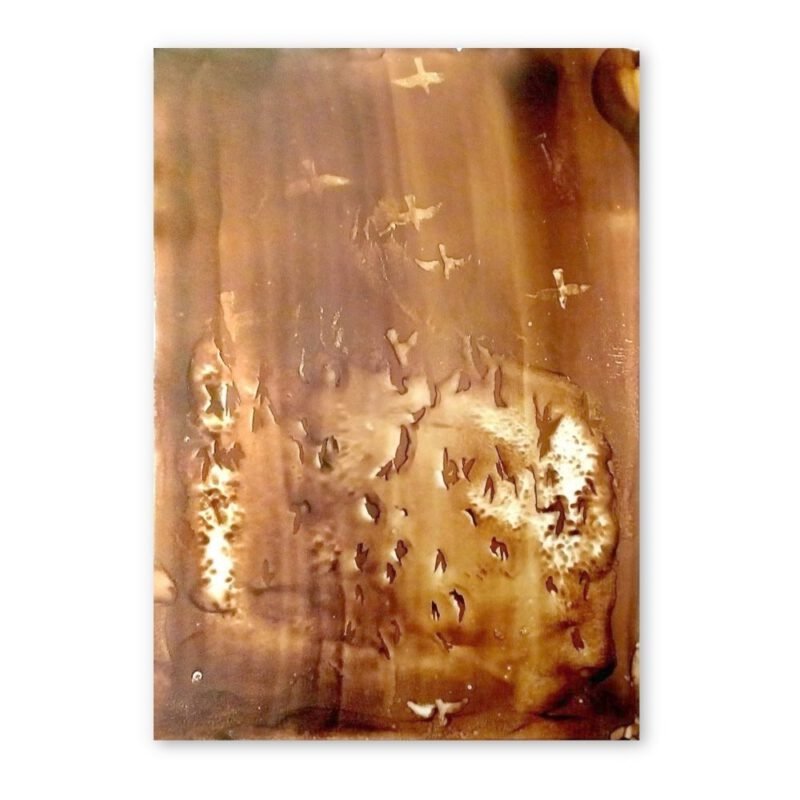
View from my window, 13.10.2017
1.000,00 € -
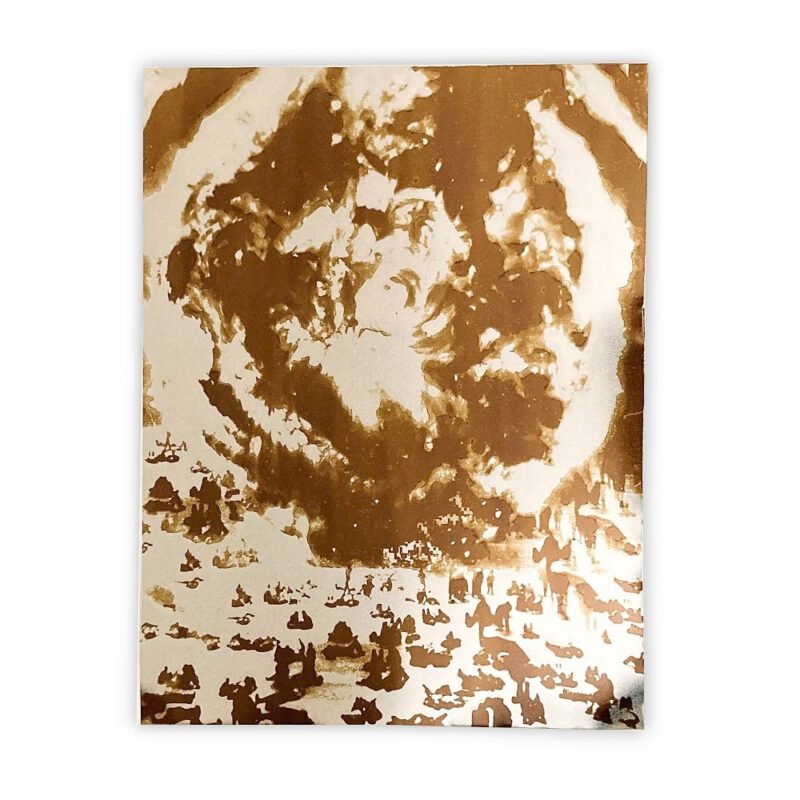
Sunday
950,00 € -
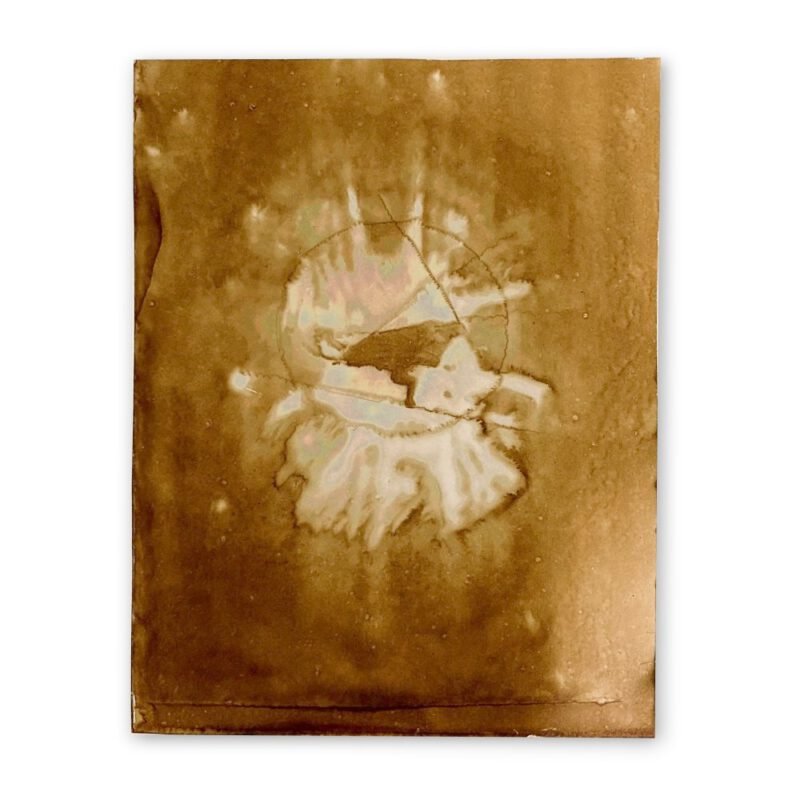
Magic of Trigonometry
950,00 € -
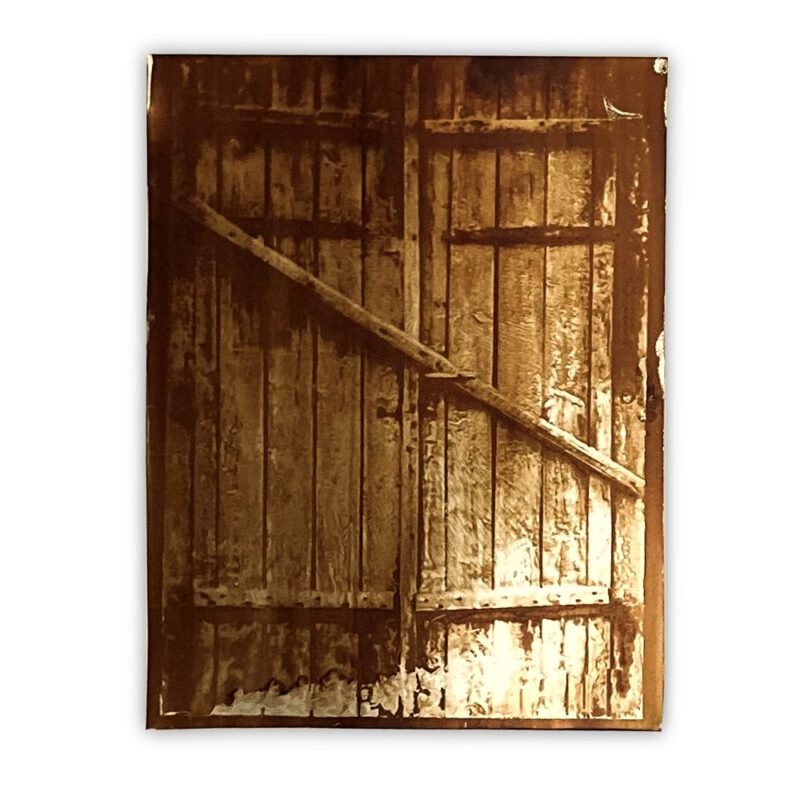
Door
1.000,00 € -
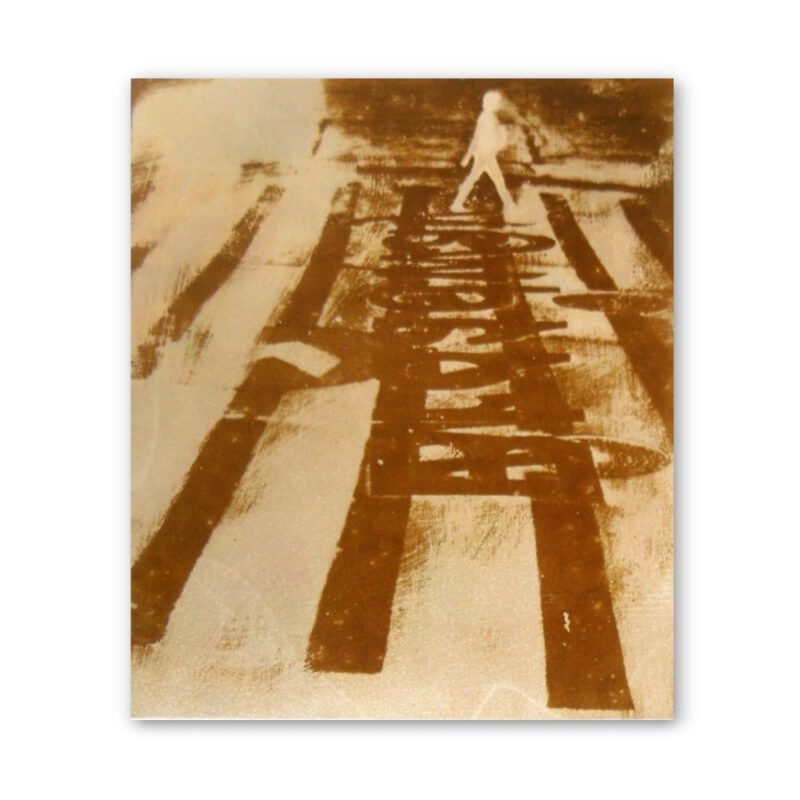
New York, 014-02 (Out of Print)
-
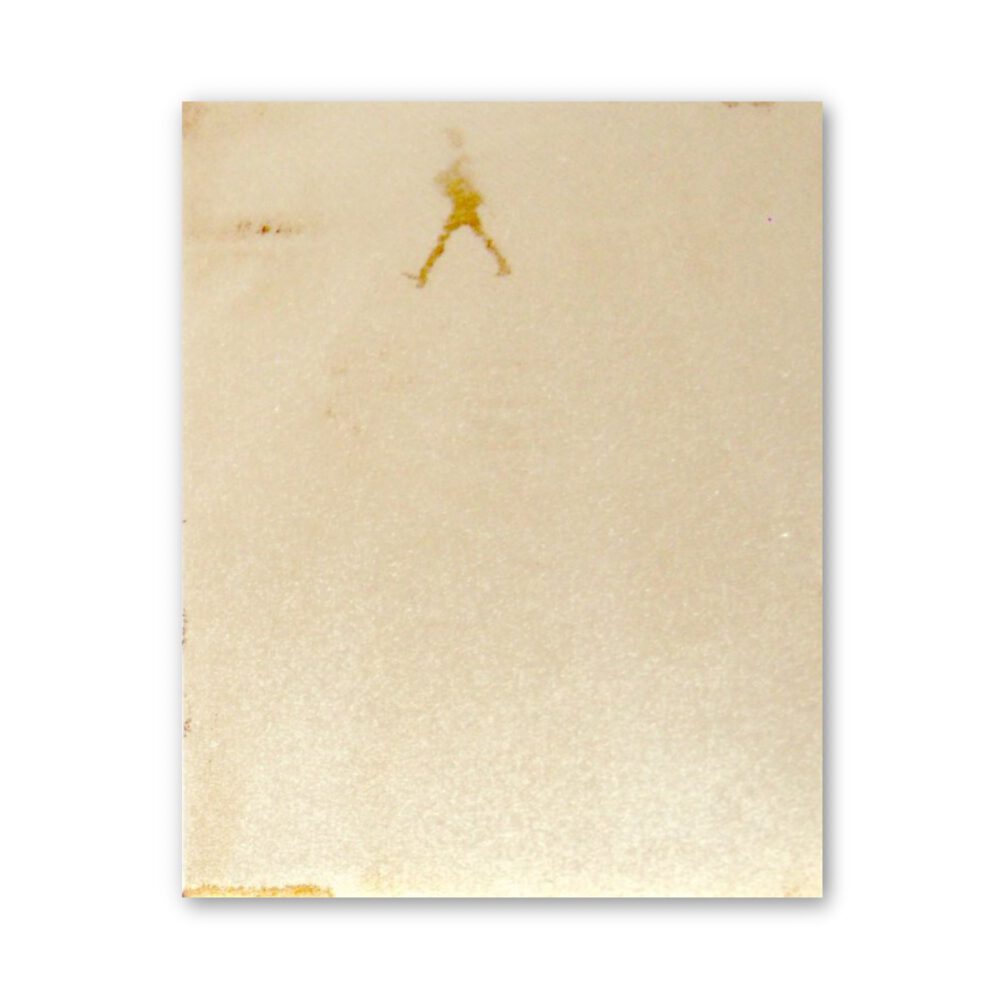
New York, 014-01 (Out of Print)
-
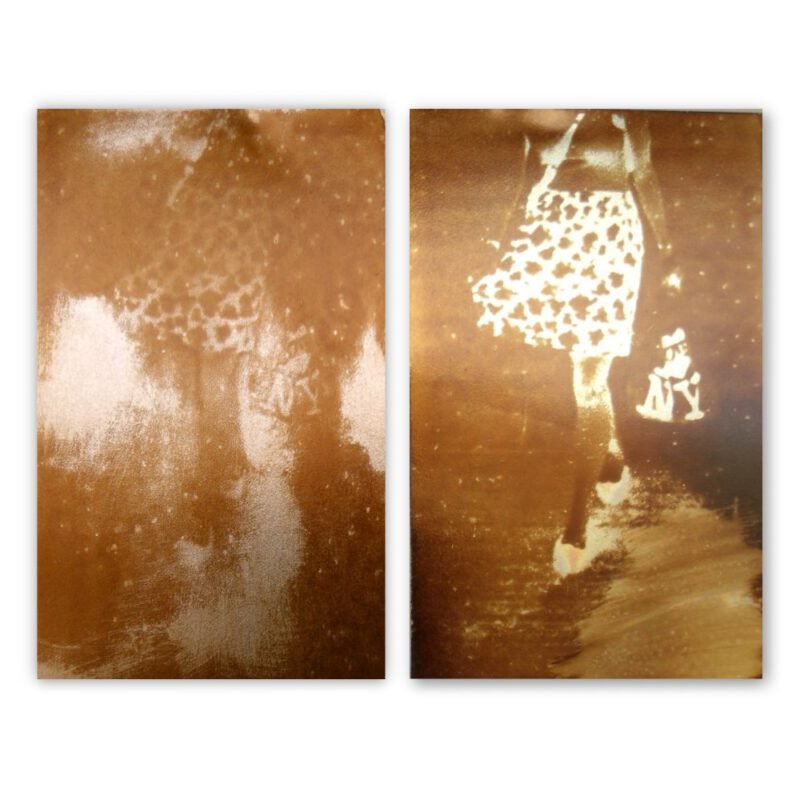
1-W-51St, New York, August, 014-01 (Out of Print)
-

Mother (Out of Print)
-
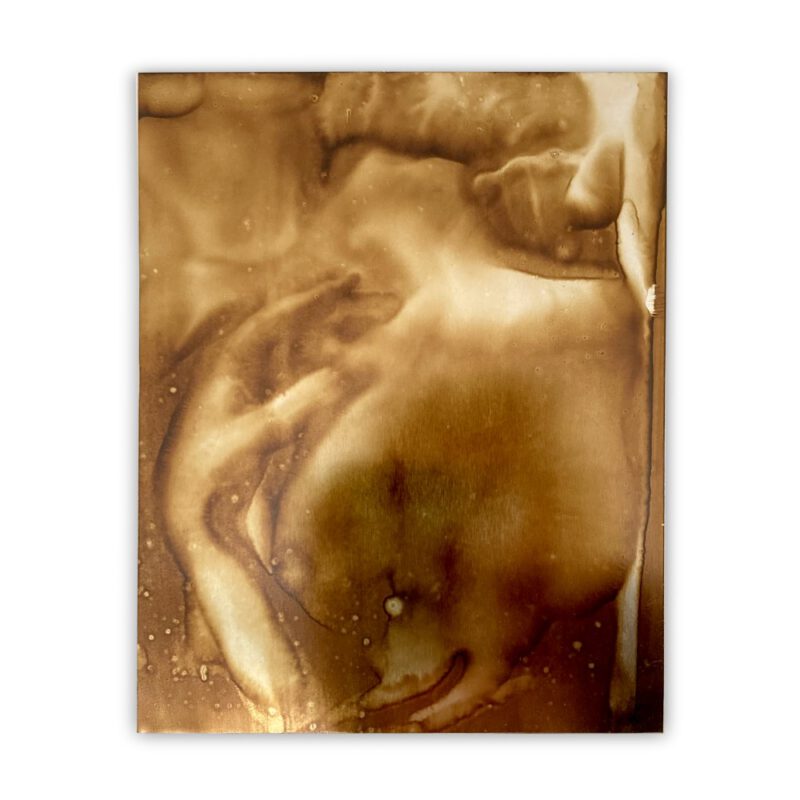
Die Umarmung
1.000,00 € -
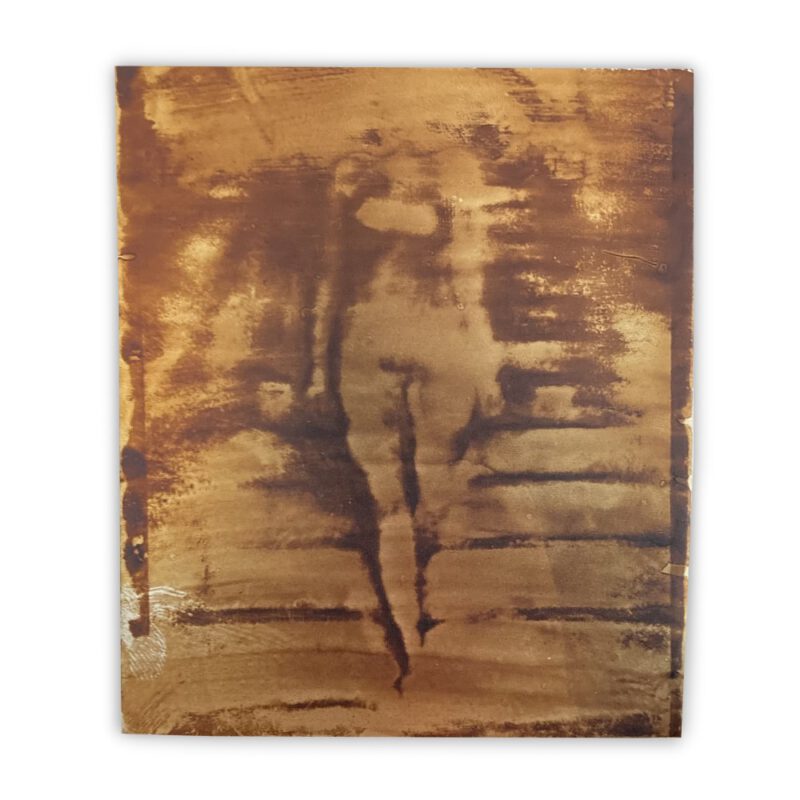
Akt XI
1.000,00 € -
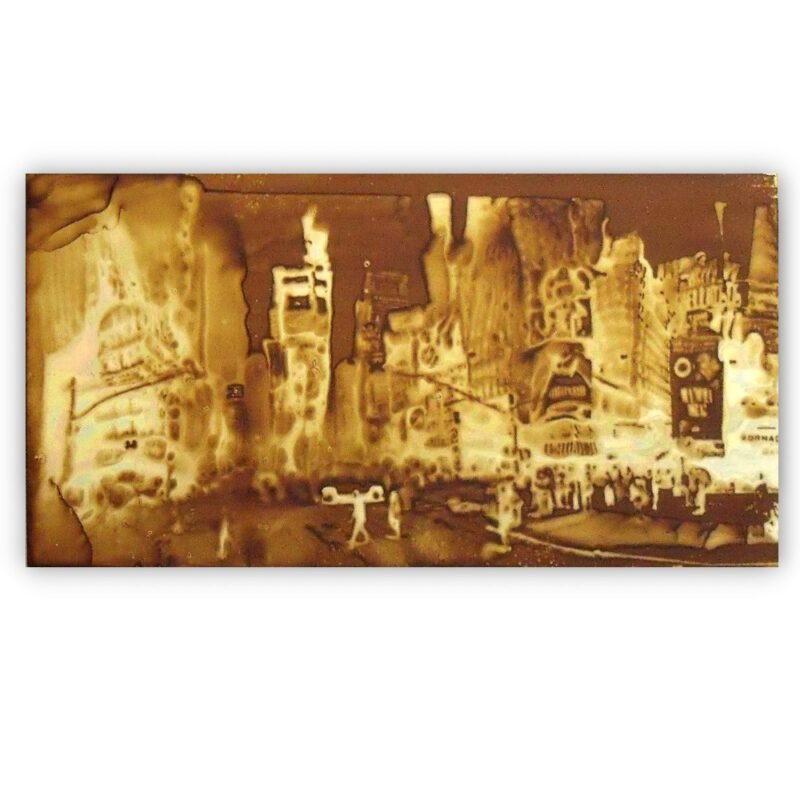
New York, Broadway (Out of Print)
-
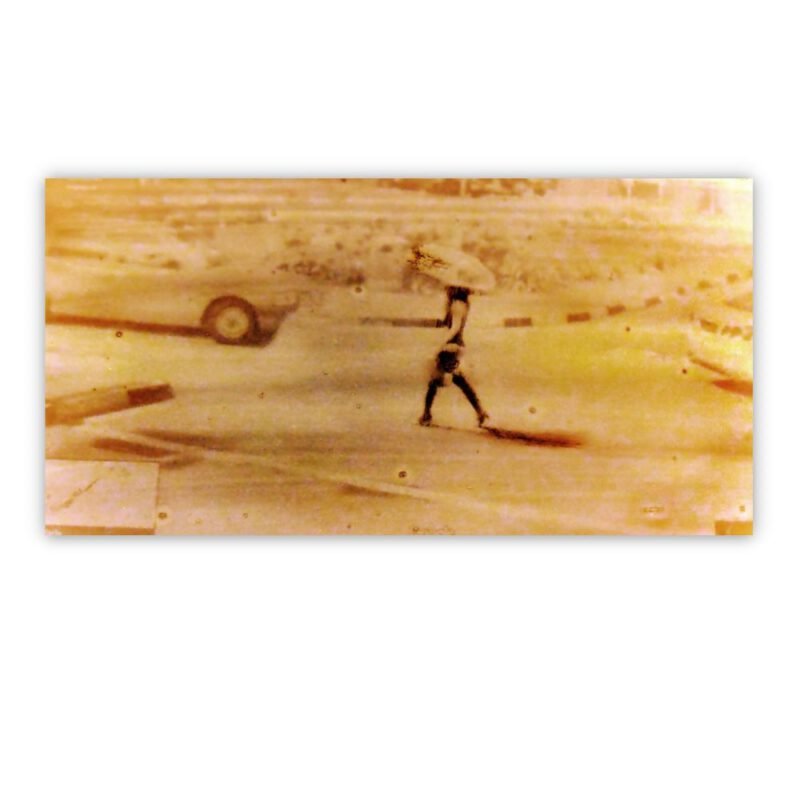
Lady with umbrella (Out of Print)
-
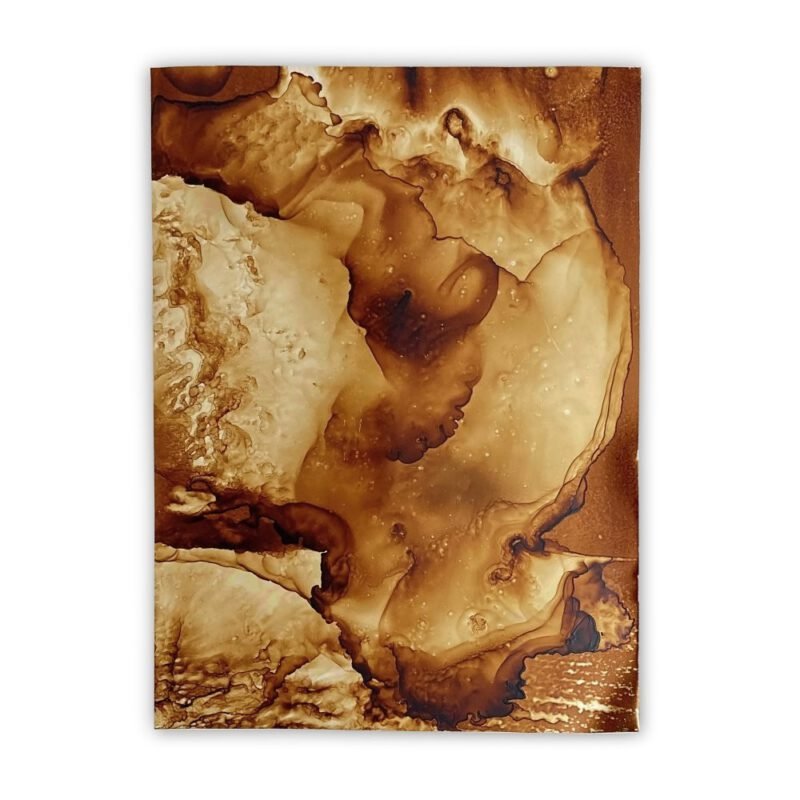
The Afternoon after
950,00 € -
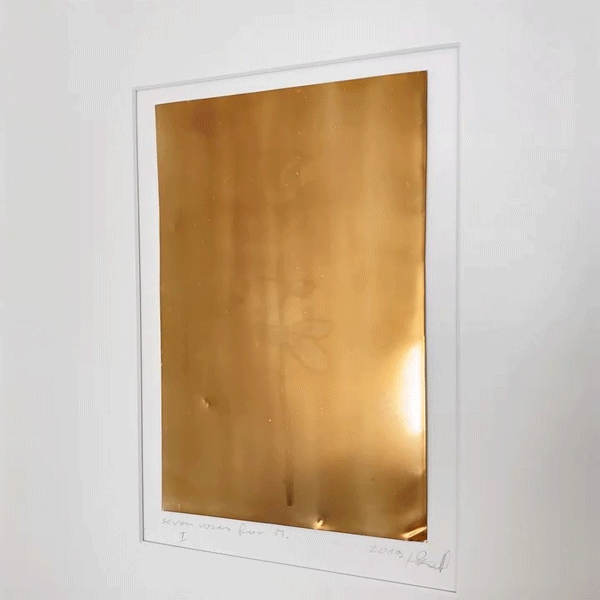
Seven Roses for M. (Out of Print)
-
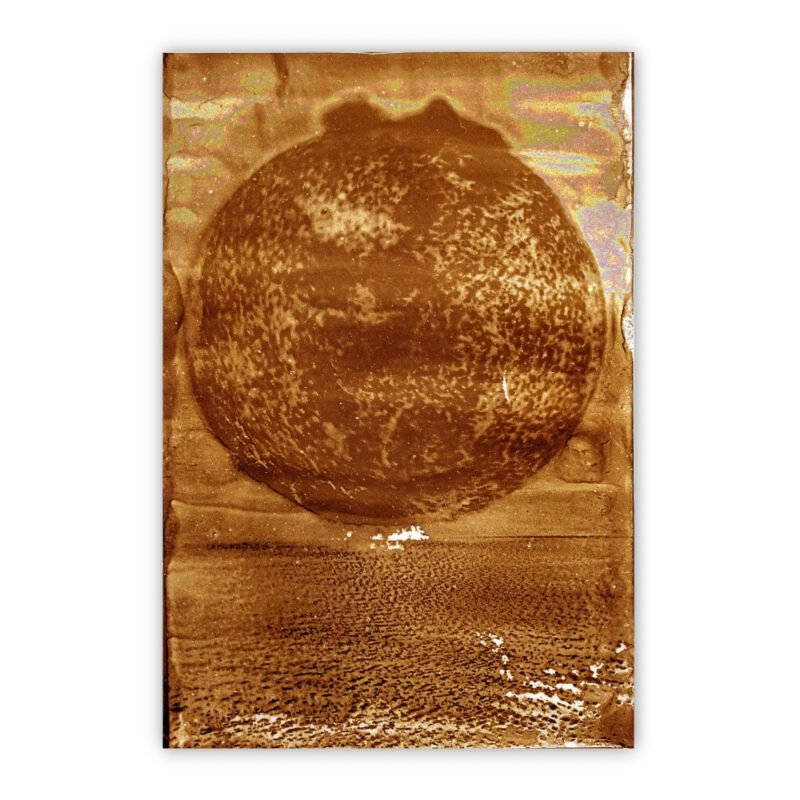
The Sun (Out of Print)
-

Waiting for Icarus
950,00 € -
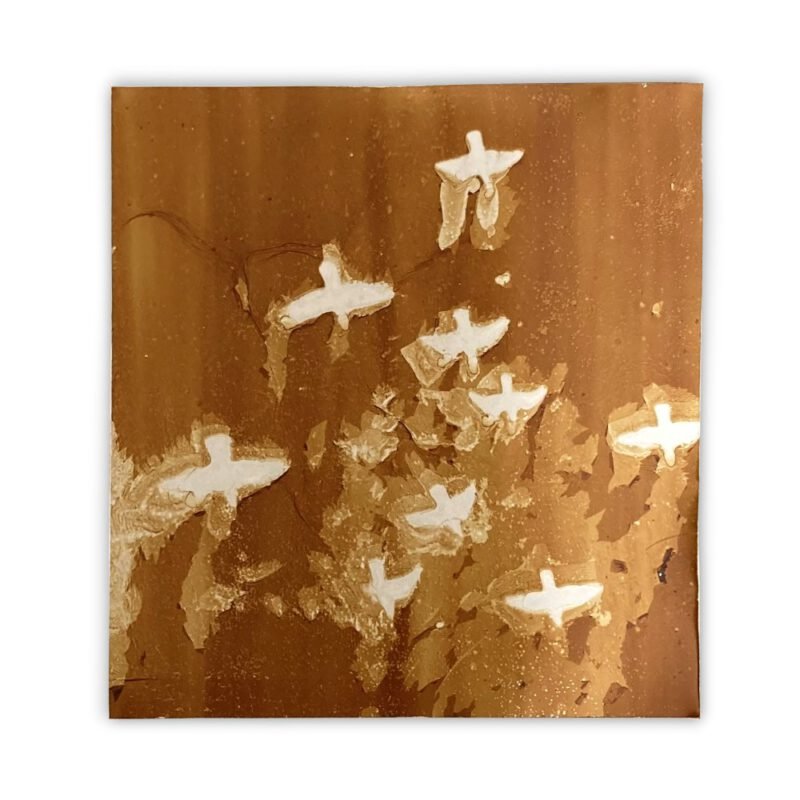
Birds (Out of Print)
950,00 € -
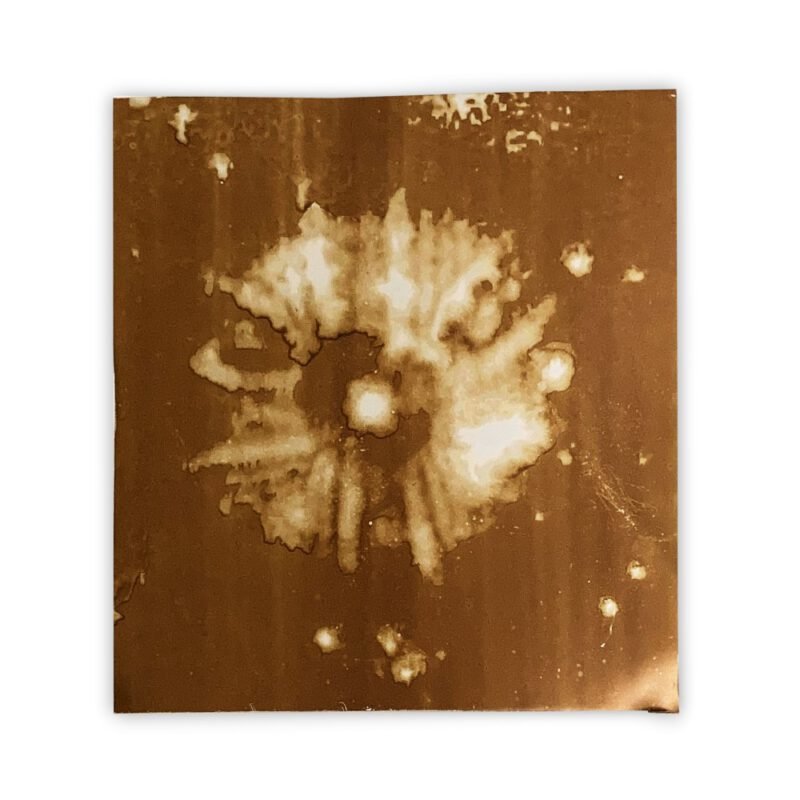
A Little Longer…
950,00 € -
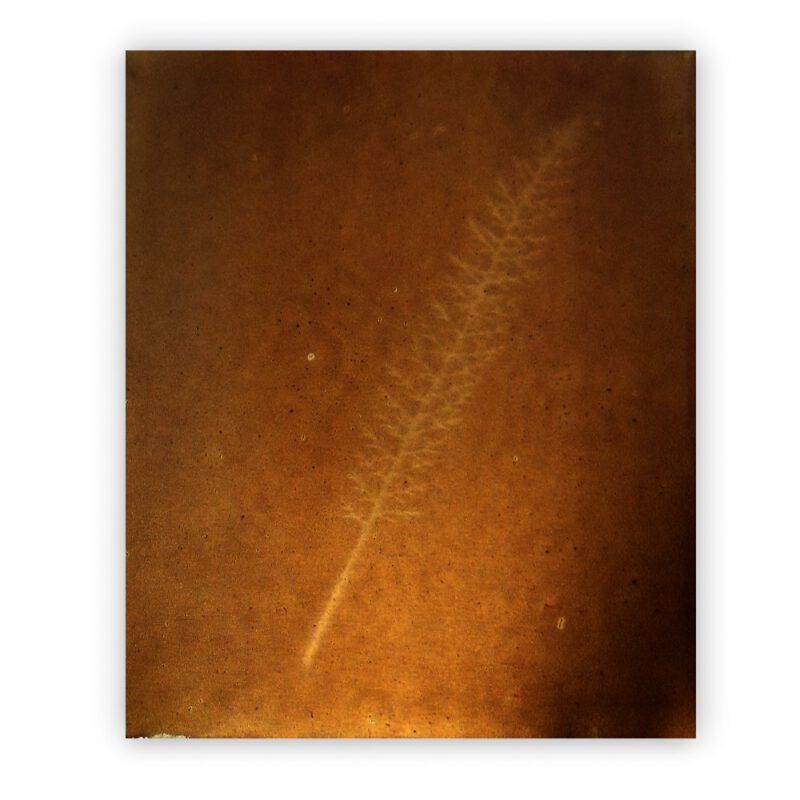
Mihaelas Garten (Out of Print)
-
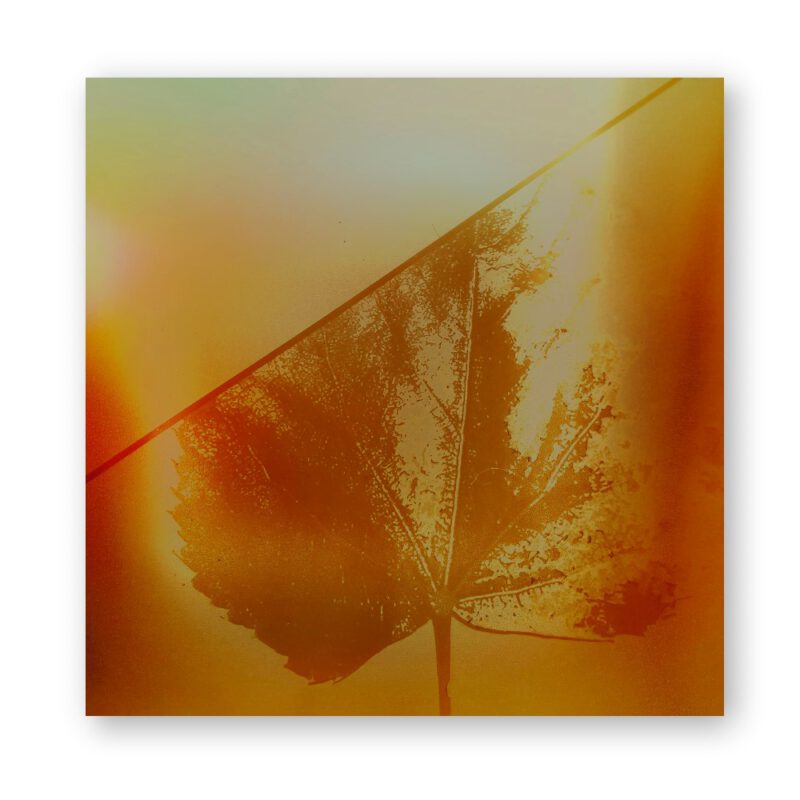
Line and Leaf, 2019 (Out of Print)
-
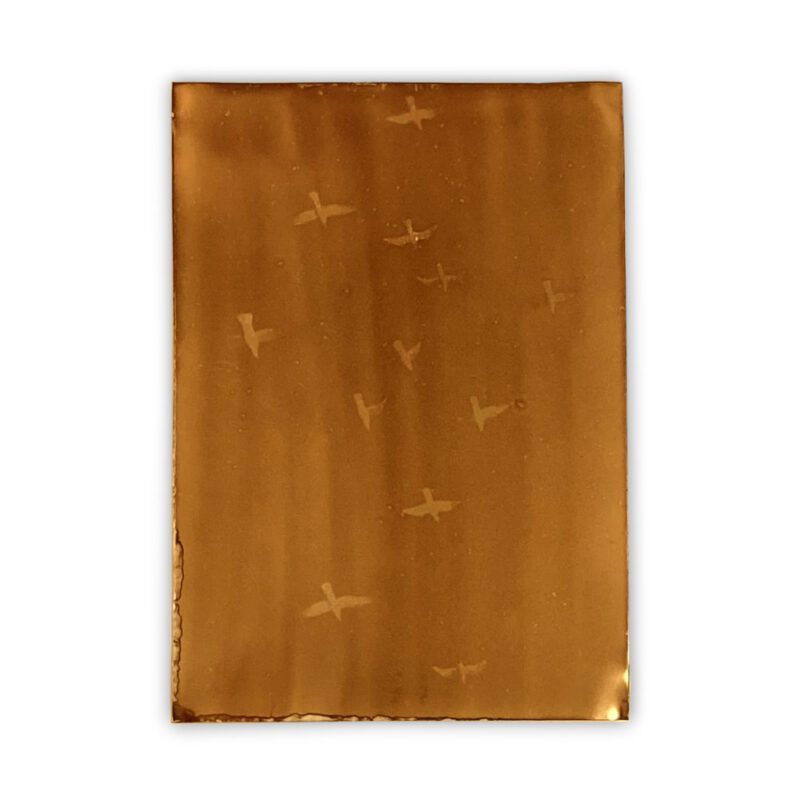
The view from my Window
1.000,00 €
